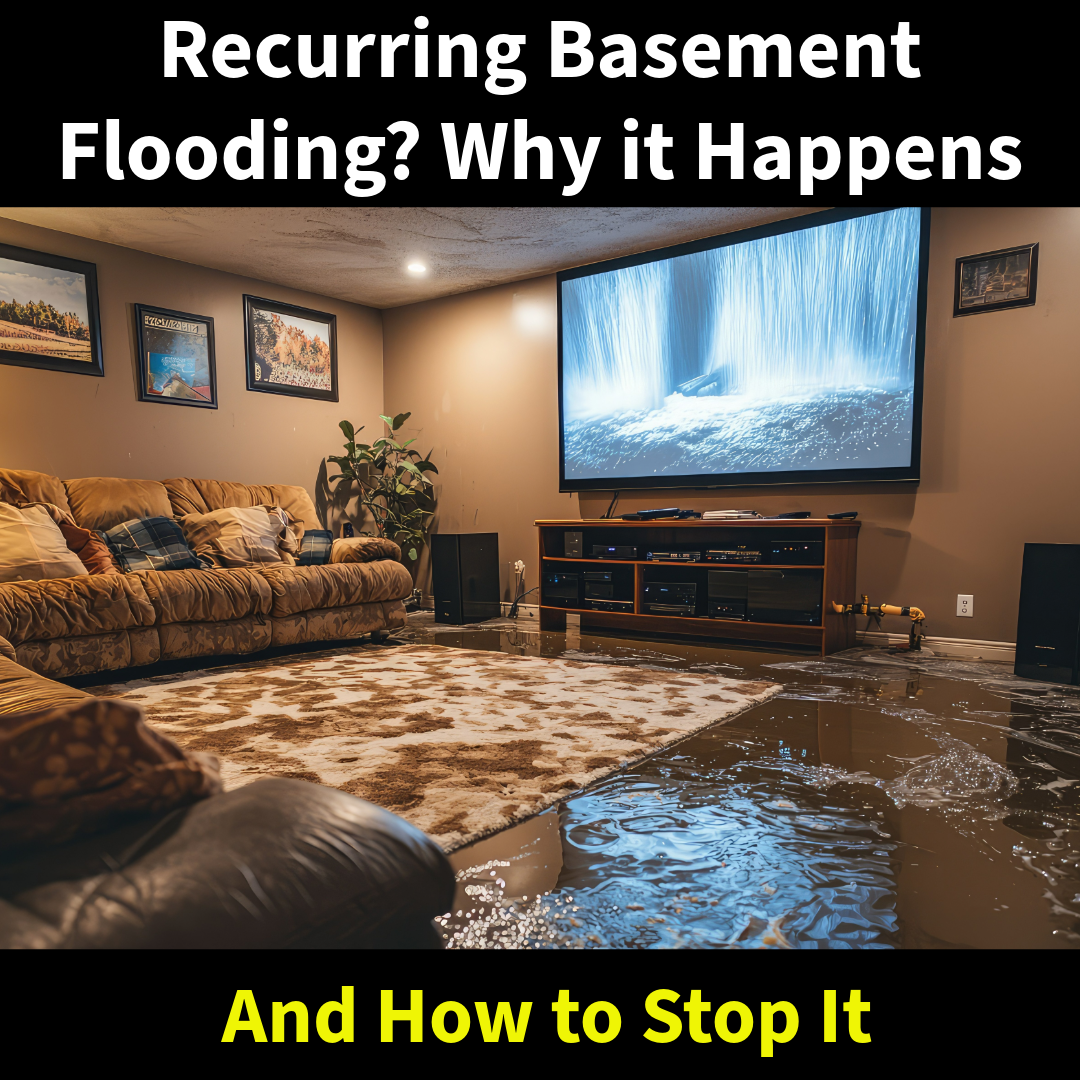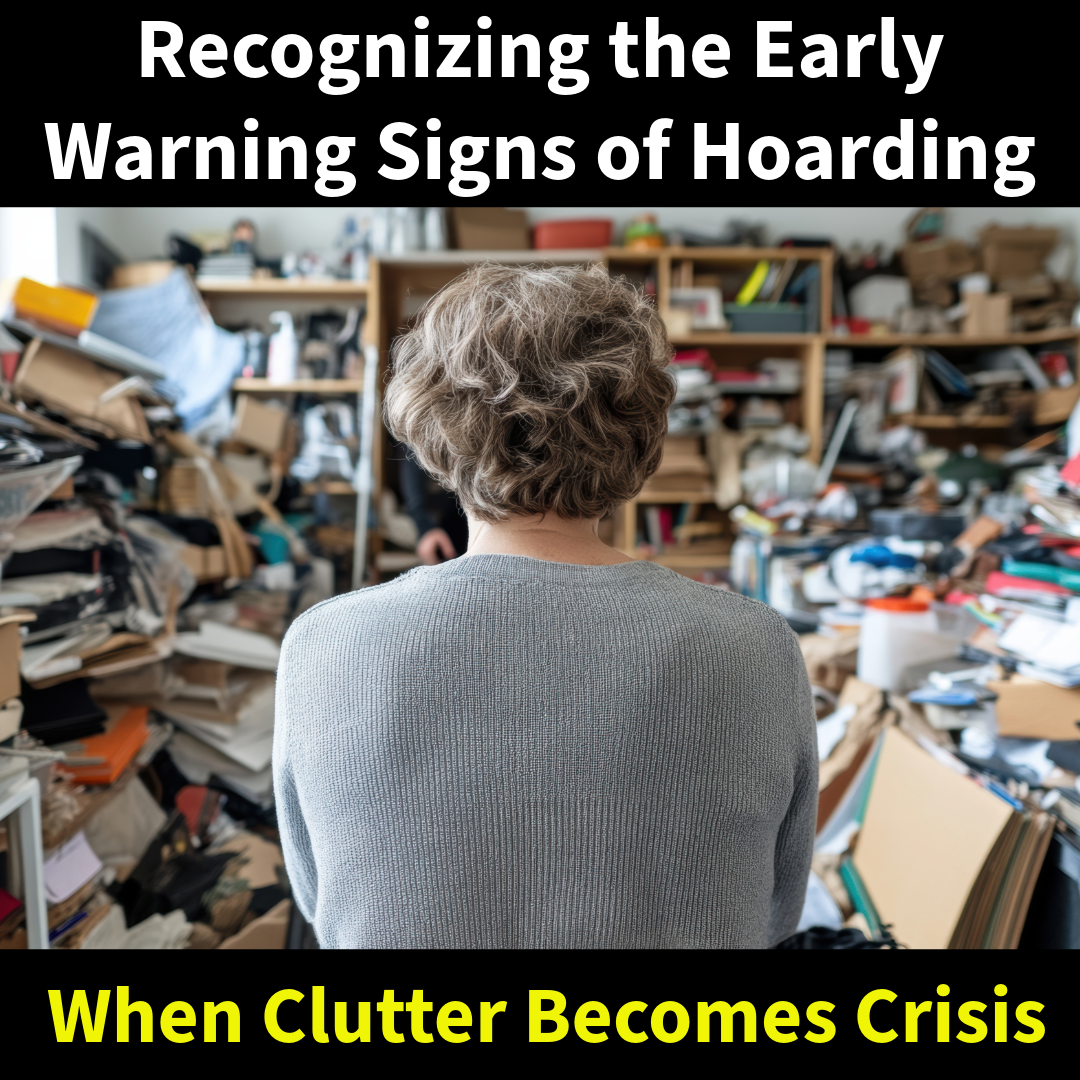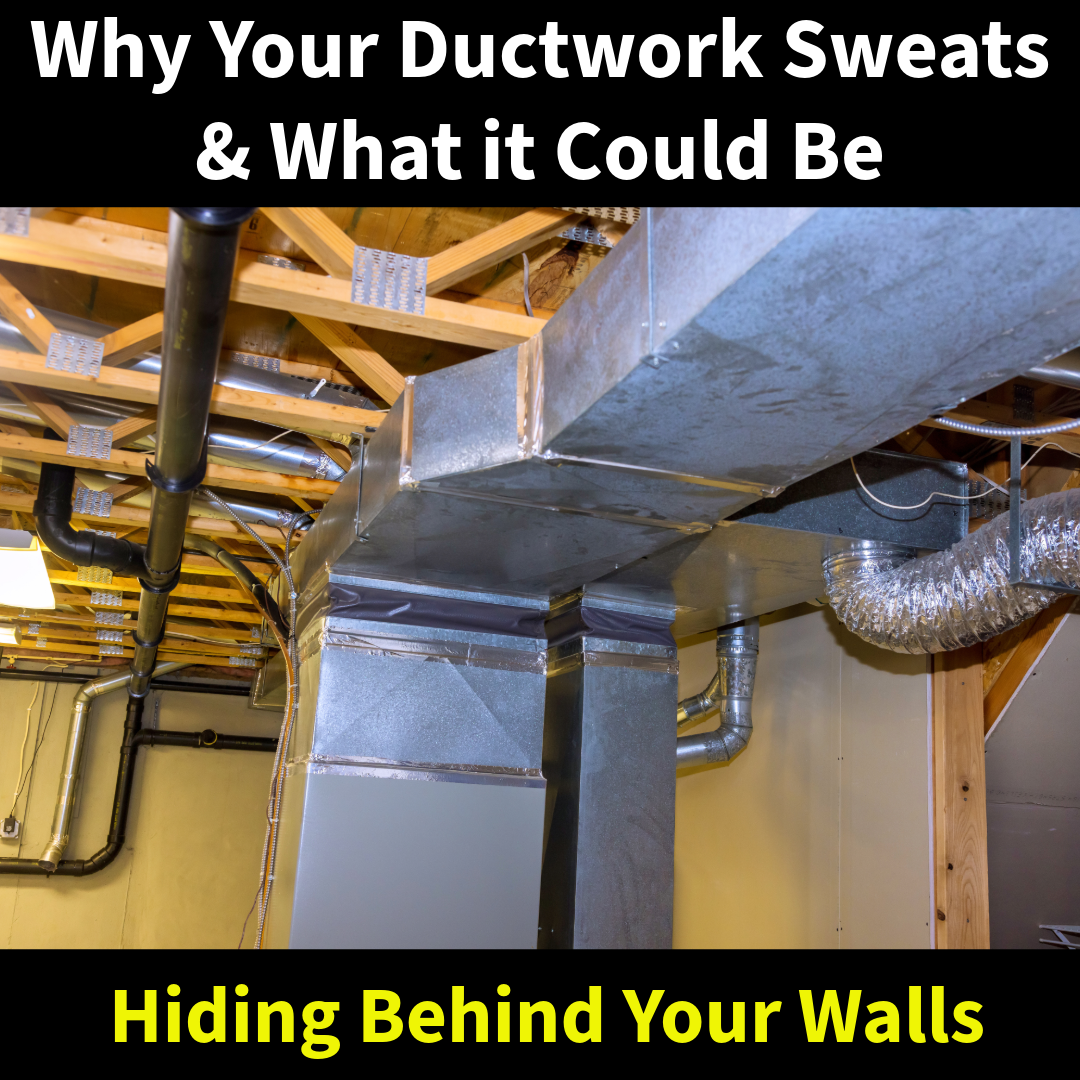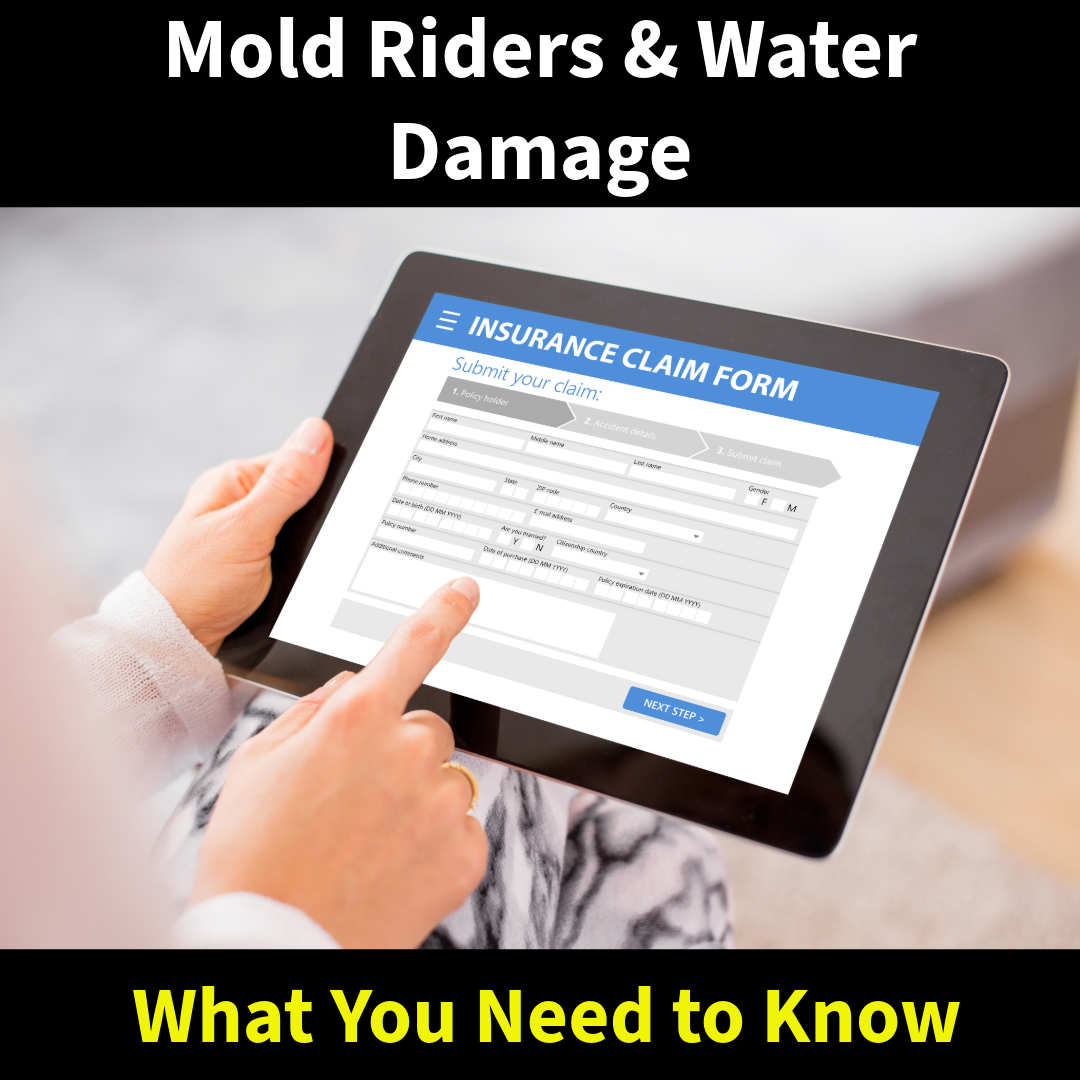When most people hear the term “black mold,” they’re thinking of one mold in particular: Stachybotrys chartarum. Its dark appearance and alarming reputation have made it infamous, but separating fear from fact is critical—especially for property owners, landlords, and those with compromised immune systems.
How to Say It
Stachybotrys is pronounced:
/ˌstæk.iˈbɒ.trɪs/
(STACK-ee-BAH-tris)
It’s often mispronounced or lumped together with other black-colored molds, but it is its own distinct genus and species.
What Is Stachybotrys?
Stachybotrys is a slow-growing, cellulose-loving mold that thrives on water-saturated materials. It typically appears dark green to black and has a slimy or sticky texture when wet due to its high moisture content. Unlike some faster-growing molds like Aspergillus or Penicillium, Stachybotrys requires constant moisture over an extended period to develop.
It commonly grows on:
- Drywall
- Ceiling tiles
- Wood framing
- Insulation
- Wallpaper
- Carpet backing
- Paper-based materials
Because it takes longer to grow, its presence usually indicates a long-standing or unresolved water issue, such as a hidden leak, slow drip, or chronic humidity.
Health Effects of Stachybotrys Exposure
Stachybotrys has earned its reputation due to its potential to produce mycotoxins, especially in environments with high humidity and low airflow. However, it’s important to note that not all Stachybotrys strains produce toxins, and the presence of the mold doesn’t automatically mean there’s an immediate health threat.
Still, the risks are serious enough to warrant immediate attention:
Potential Health Effects:
- Chronic coughing and sneezing
- Eye, nose, and throat irritation
- Fatigue and headaches
- Skin rashes
- Wheezing or asthma exacerbation
- In severe cases: respiratory distress, especially in infants, the elderly, and immunocompromised individuals
There have been controversial reports linking Stachybotrys exposure to pulmonary hemorrhaging in infants, but these claims are debated and not definitively proven. That said, any mold exposure in vulnerable populations should be taken seriously.
What Makes It Dangerous?
What sets Stachybotrys apart is not just the health concerns—it’s the difficulty in detecting it early. Since it thrives behind walls and under flooring, by the time it’s visible or smells musty, it may have already compromised indoor air quality or damaged building materials.
Additionally, home testing kits are not sufficient to determine if Stachybotrys is present. Professional sampling and lab testing are required to confirm it, as it often coexists with other molds that appear similar to the naked eye.
Final Thoughts: Don’t Panic—But Don’t Ignore It
Stachybotrys is serious, but it’s also manageable. The key is to act fast. If you suspect long-term water damage, musty odors, or persistent allergic reactions in your home or office, it’s time to bring in professionals.
At MSI, we’ve tested and remediated mold since 1998, including thousands of cases involving Stachybotrys. Our certified experts know how to locate, sample, and safely address dangerous molds—without fearmongering or unnecessary costs. This is one of the many reasons, we are the most trusted disaster restoration company in the business.









